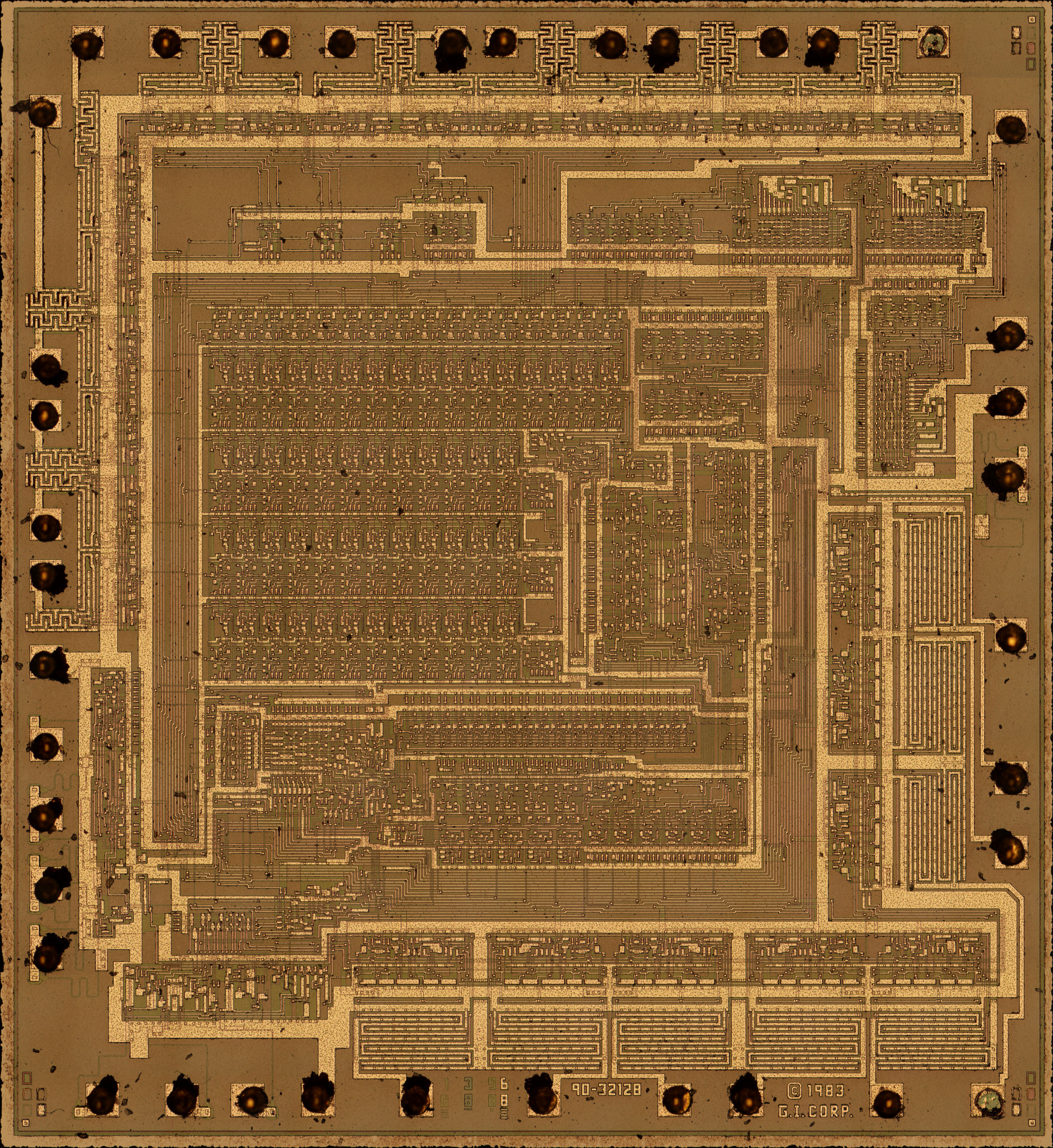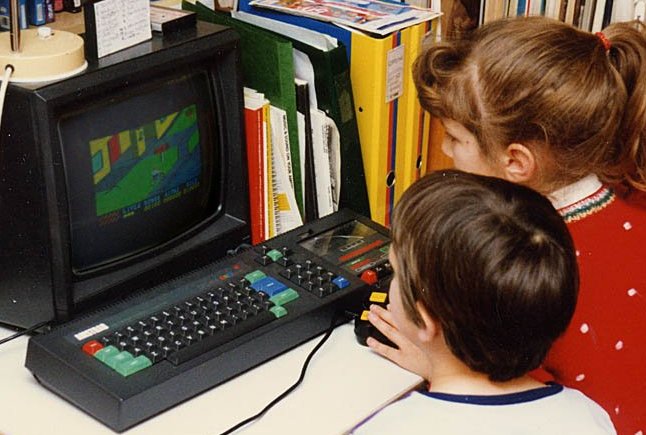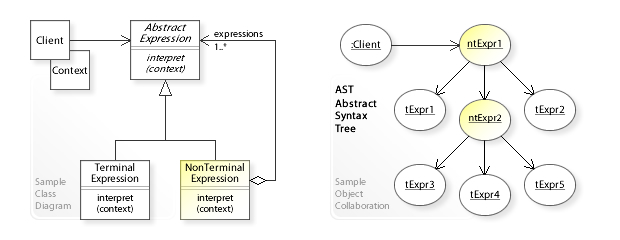|
Oric-1
Oric was a brand of home computers sold in the 1980s by Tangerine Computer Systems. Tangerine was based in the United Kingdom and sold their computers primarily in Europe. All computers in the Oric line were based on the MOS Technology 6502A microprocessor. With the success of the ZX Spectrum from Sinclair Research, Tangerine's backers suggested a home computer and Tangerine formed Oric Products International Ltd to develop the Oric-1. The computer was introduced in 1982. During 1983, approximately 160,000 Oric-1 computers were sold in the UK, plus another 50,000 in France (where it was the year's top-selling machine). This resulted in Oric being acquired and given funding for a successor model, the 1984 Oric Atmos. Oric was bought by Eureka, which produced the less successful Oric Telestrat (1986). Oric was dissolved the year the Telestrat was released. Eastern European legal clones of Oric machines were produced into the 1990s. Models Oric-1 Based on a 1 MHz MO ... [...More Info...] [...Related Items...] OR: [Wikipedia] [Google] [Baidu] |
Tangerine Computer Systems
Tangerine Computer Systems was a British microcomputer company founded in 1979 by Dr. Paul Johnson, Mark Rainer and Nigel Penton Tilbury in St. Ives, Cambridgeshire. The very first product was the successful TAN1648 VDU kit which received much acclaim in the technical press. The home computer market was beginning to move, albeit slowly, and it was essential to establish a presence. Development and expansion was imperative. It was decided that the latter two partners would relinquish their involvement in order to focus on their consultancy work. Barry Muncaster became involved operationally and the company moved to new premises in Ely, Cambridgeshire. The company was later renamed, and was known as Oric Products International. Early years: Microtan 65 Tangerine produced one of the first 6502-based kit computers, the Microtan 65. It had a 3 U form factor, a small amount of memory (RAM), a video character generator and UHF modulator for use with a TV set, and a simple lat ... [...More Info...] [...Related Items...] OR: [Wikipedia] [Google] [Baidu] |
Tangerine Microtan 65
The Tangerine Microtan 65 (sometimes abbreviated M65) was a 6502-based single board microcomputer, first sold in 1979, that could be expanded into what was, for its day, a comprehensive and powerful system. The design became the basis for what later became the Oric Atmos and later computers. Those later machines have similar keyboard addressing and tape I/O as the Microtan 65. The Microtan 65 has a hardware single step function that can be used for debugging software in both ROM and RAM. The computer was available as ready-built boards or as kits consisting of board and components requiring soldering together. The Microtan 65 was intended as a general purpose microcomputer which could be used by laboratories, original equipment manufacturers (OEMs), and computer enthusiasts, and it was designed with expandability in mind. In this way the customer could customise the system, be it as a specialised control system, as a learning tool, or as a general purpose computing device. Pri ... [...More Info...] [...Related Items...] OR: [Wikipedia] [Google] [Baidu] |
AY-3-8912
The AY-3-8910 is a 3-voice programmable sound generator (PSG) designed by General Instrument (GI) in 1978, initially for use with their 16-bit CP1610 or one of the PIC1650 series of 8-bit microcomputers. The AY-3-8910 and its variants were used in many arcade games—Konami's ''Gyruss'' contains five—and Bally pinball machines as well as being the sound chip in the Intellivision and Vectrex video game consoles, and the Amstrad CPC, Oric-1, Colour Genie, Elektor TV Games Computer, MSX, Tiki 100 and later ZX Spectrum home computers. It was also used in the Mockingboard and Cricket sound cards for the Apple II and the Speech/Sound Cartridge for the TRS-80 Color Computer. After GI's spinoff of Microchip Technology in 1987, the chip was sold for a few years under the Microchip brand. It was also manufactured under license by Yamaha (with a selectable clock divider pin and a double-resolution and double-rate volume envelope table) as the YM2149F; the Atari ST uses th ... [...More Info...] [...Related Items...] OR: [Wikipedia] [Google] [Baidu] |
General Instrument AY-3-8910
The AY-3-8910 is a 3-voice programmable sound generator (PSG) designed by General Instrument (GI) in 1978, initially for use with their 16-bit computing, 16-bit General Instrument CP1600, CP1610 or one of the PIC microcontrollers, PIC1650 series of 8-bit computing, 8-bit microcomputers. The AY-3-8910 and its variants were used in many arcade games—Konami's ''Gyruss'' contains five—and Bally pinball machines as well as being the sound chip in the Intellivision and Vectrex video game consoles, and the Amstrad CPC, Oric-1, Colour Genie, Elektor TV Games Computer, MSX, Tiki 100 and later ZX Spectrum home computers. It was also used in the Mockingboard and Cricket sound cards for the Apple II and the Speech/Sound Cartridge for the TRS-80 Color Computer. After GI's spinoff of Microchip Technology in 1987, the chip was sold for a few years under the Microchip brand. It was also manufactured under license by Yamaha Corporation, Yamaha (with a selectable clock divider pin a ... [...More Info...] [...Related Items...] OR: [Wikipedia] [Google] [Baidu] |
MOS Technology 6502
The MOS Technology 6502 (typically pronounced "sixty-five-oh-two" or "six-five-oh-two") William Mensch and the moderator both pronounce the 6502 microprocessor as ''"sixty-five-oh-two"''. is an 8-bit computing, 8-bit microprocessor that was designed by a small team led by Chuck Peddle for MOS Technology. The design team had formerly worked at Motorola on the Motorola 6800 project; the 6502 is essentially a simplified, less expensive and faster version of that design. When it was introduced in 1975, the 6502 was the least expensive microprocessor on the market by a considerable margin. It initially sold for less than one-sixth the cost of competing designs from larger companies, such as the 6800 or Intel 8080. Its introduction caused rapid decreases in pricing across the entire processor market. Along with the Zilog Z80, it sparked a series of projects that resulted in the home computer microcomputer revolution, revolution of the early 1980s. Home video game consoles and home com ... [...More Info...] [...Related Items...] OR: [Wikipedia] [Google] [Baidu] |
Read-only Memory
Read-only memory (ROM) is a type of non-volatile memory used in computers and other electronic devices. Data stored in ROM cannot be electronically modified after the manufacture of the memory device. Read-only memory is useful for storing software that is rarely changed during the life of the system, also known as firmware. Software applications, such as video games, for programmable devices can be distributed as ROM cartridge, plug-in cartridges containing ROM. Strictly speaking, ''read-only memory'' refers to hard-wired memory, such as diode matrix or a #Solid-state ROM, mask ROM integrated circuit (IC), that cannot be electronically changed after manufacture. Although discrete circuits can be altered in principle, through the addition of Jump wire, bodge wires and the removal or replacement of components, ICs cannot. Correction of errors, or updates to the software, require new devices to be manufactured and to replace the installed device. Floating-gate ROM semiconductor ... [...More Info...] [...Related Items...] OR: [Wikipedia] [Google] [Baidu] |
Disk Operating System
A disk operating system (DOS) is a computer operating system that requires a disk or other direct-access storage device as secondary storage. A DOS provides a file system and a means for loading and running computer program, programs stored on the disk. The term is now historical, as most if not all operating systems for general-purpose computers now require direct-access storage devices as secondary storage. History Before modern storage such as the disk drive, floppy disk, and flash storage, early computers used storage such as Analog delay line, delay line, core memory, punched card, punched tape, magnetic tape, and magnetic drum. Early microcomputers and home computers used paper tape, audio cassette tape (such as Kansas City standard), or no permanent storage at all. Without permanent storage, programs and data are input directly into memory using front panel switches, or is input through a computer terminal or keyboard, sometimes controlled by a BASIC interpreter in read-on ... [...More Info...] [...Related Items...] OR: [Wikipedia] [Google] [Baidu] |
Operating System
An operating system (OS) is system software that manages computer hardware and software resources, and provides common daemon (computing), services for computer programs. Time-sharing operating systems scheduler (computing), schedule tasks for efficient use of the system and may also include accounting software for cost allocation of Scheduling (computing), processor time, mass storage, peripherals, and other resources. For hardware functions such as input and output and memory allocation, the operating system acts as an intermediary between programs and the computer hardware, although the application code is usually executed directly by the hardware and frequently makes system calls to an OS function or is interrupted by it. Operating systems are found on many devices that contain a computerfrom cellular phones and video game consoles to web servers and supercomputers. , Android (operating system), Android is the most popular operating system with a 46% market share, followed ... [...More Info...] [...Related Items...] OR: [Wikipedia] [Google] [Baidu] |
Home Computer
Home computers were a class of microcomputers that entered the market in 1977 and became common during the 1980s. They were marketed to consumers as affordable and accessible computers that, for the first time, were intended for the use of a single, non-technical user. These computers were a distinct market segment that typically cost much less than business, scientific, or engineering-oriented computers of the time, such as those running CP/M or the IBM PC, and were generally less powerful in terms of computer memory, memory and expandability. However, a home computer often had better video display controller, graphics and sound than contemporary business computers. Their most common uses were word processing, playing video games, and computer programming, programming. Home computers were usually sold already manufactured in stylish metal or plastic enclosures. However, some home computers also came as commercial electronic kits, like the ZX80, Sinclair ZX80, which were both h ... [...More Info...] [...Related Items...] OR: [Wikipedia] [Google] [Baidu] |
Interpreter (computing)
In computer science, an interpreter is a computer program that directly executes instructions written in a programming or scripting language, without requiring them previously to have been compiled into a machine language program. An interpreter generally uses one of the following strategies for program execution: # Parse the source code and perform its behavior directly; # Translate source code into some efficient intermediate representation or object code and immediately execute that; # Explicitly execute stored precompiled bytecode made by a compiler and matched with the interpreter's virtual machine. Early versions of Lisp programming language and minicomputer and microcomputer BASIC dialects would be examples of the first type. Perl, Raku, Python, MATLAB, and Ruby are examples of the second, while UCSD Pascal is an example of the third type. Source programs are compiled ahead of time and stored as machine independent code, which is then linked at run-ti ... [...More Info...] [...Related Items...] OR: [Wikipedia] [Google] [Baidu] |





